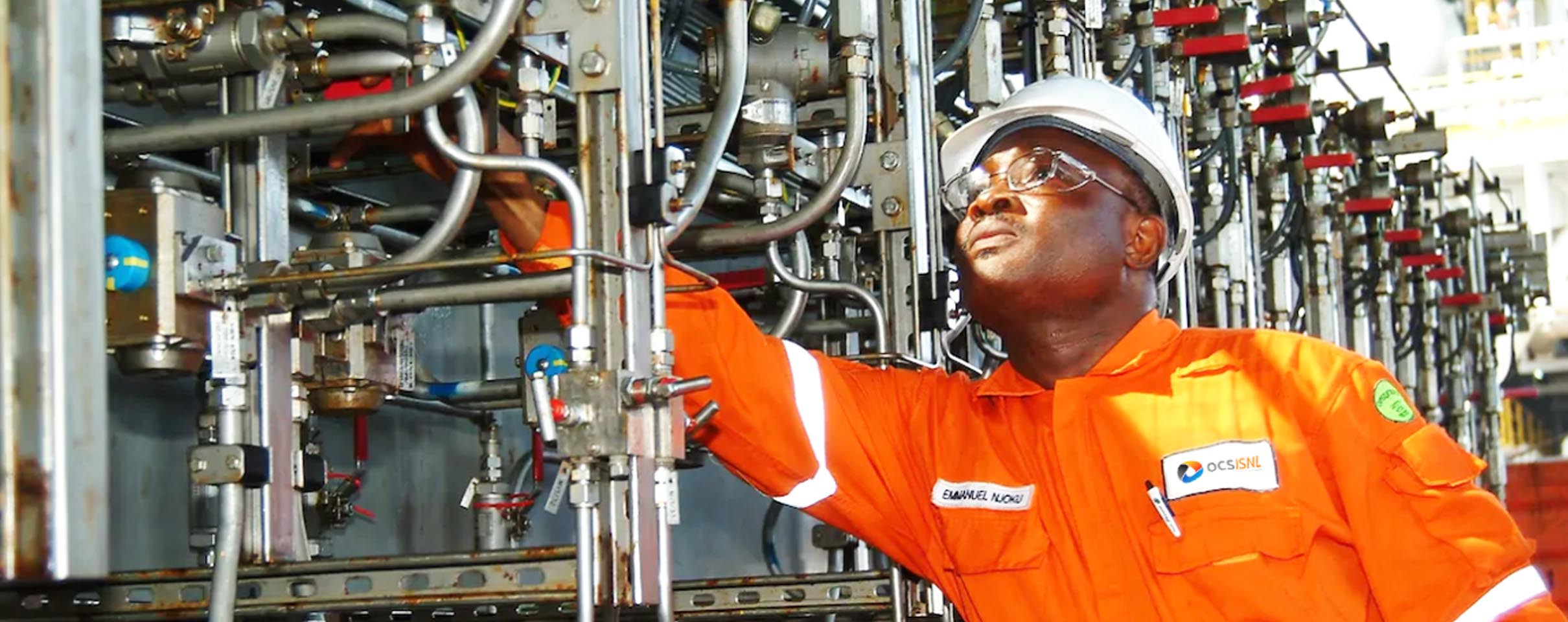The importance of safety training extends beyond a worker’s introduction to the job. It also encompasses situations when his job changes or when working conditions change. Without an understanding of safety practices related to his or her job, an employee will be at a higher risk for workplace injury, illness or death.
Organization Safety Culture
When employees join a new workplace, they should be given an immediate sense that the organization places a high priority on safety. This should be ingrained into the culture of the organization as a whole. One way to do this is to have everyone, from ground level staff to senior executives, show public support for and knowledge of safety programs. Employees should also learn about safety training through detailed policies and procedures laid out by the
organization.
Safety Training Includes Studying Incidents
Safety-oriented organizations learn from accidents and illnesses that affect workers’ health. They study each incident, then make any necessary changes to policies and procedures to prevent similar accidents or illnesses in the future. Part of this process falls under the Head Safety Officer. He oversees the collection of incident data and reviews it with the assistance of an interdisciplinary team. Executive leaders delegate the development of better safety training to explain revised policies and procedures to managers. These managers ensure that updated safety training programs clearly explain changes in policies and procedures to affected workers
Safety Training Fits a Dynamic Organization
Employees need safety training whenever their job changes in a sustainable way. This is especially true when an employee is exposed to increased risk, such as when he or she takes a new position, gets a change in duties, gets introduced to new equipment or changes in how equipment is used, and is introduced to new technology. New safety training should also be implemented when the employee works with more at-risk workers.
Safety Training Responds to Identified Risks
Executives and safety officers must lead the way when it comes to safety procedures. They should recommend new or improved safety training to prevent workplace accidents and illnesses. They can do this by keeping lines of communication open among workers throughout the firm, including how safety data is shared between workers and management. Executives and safety officers need input from all employees to identify risks faced by the organization and then use a team approach to develop methods of minimizing or preventing risks.


